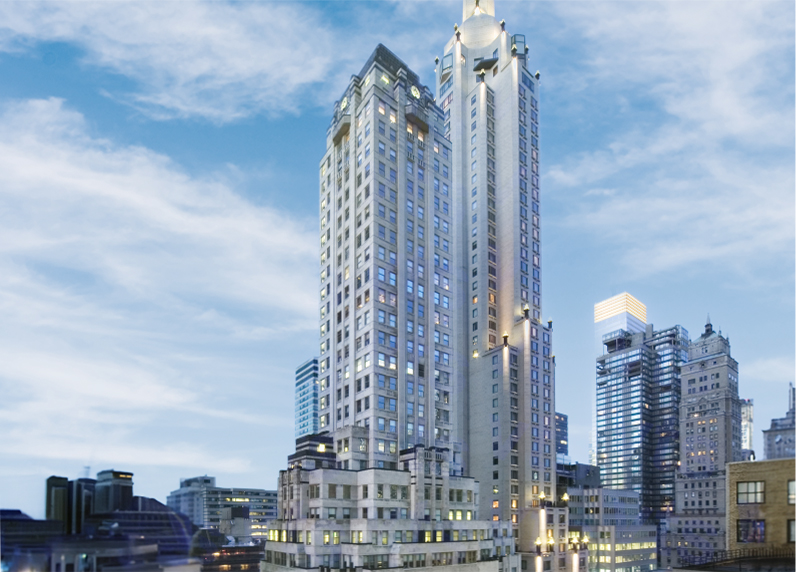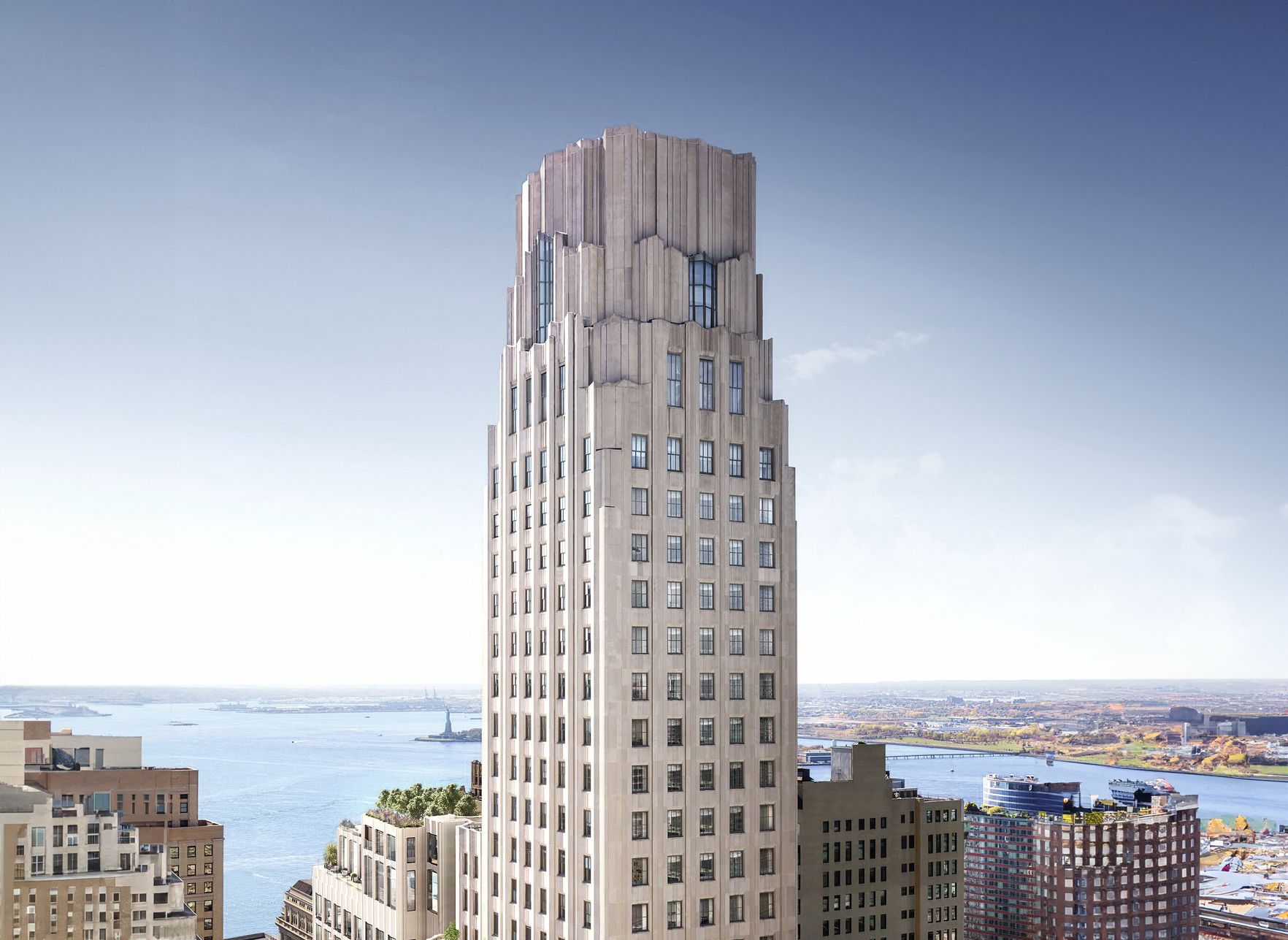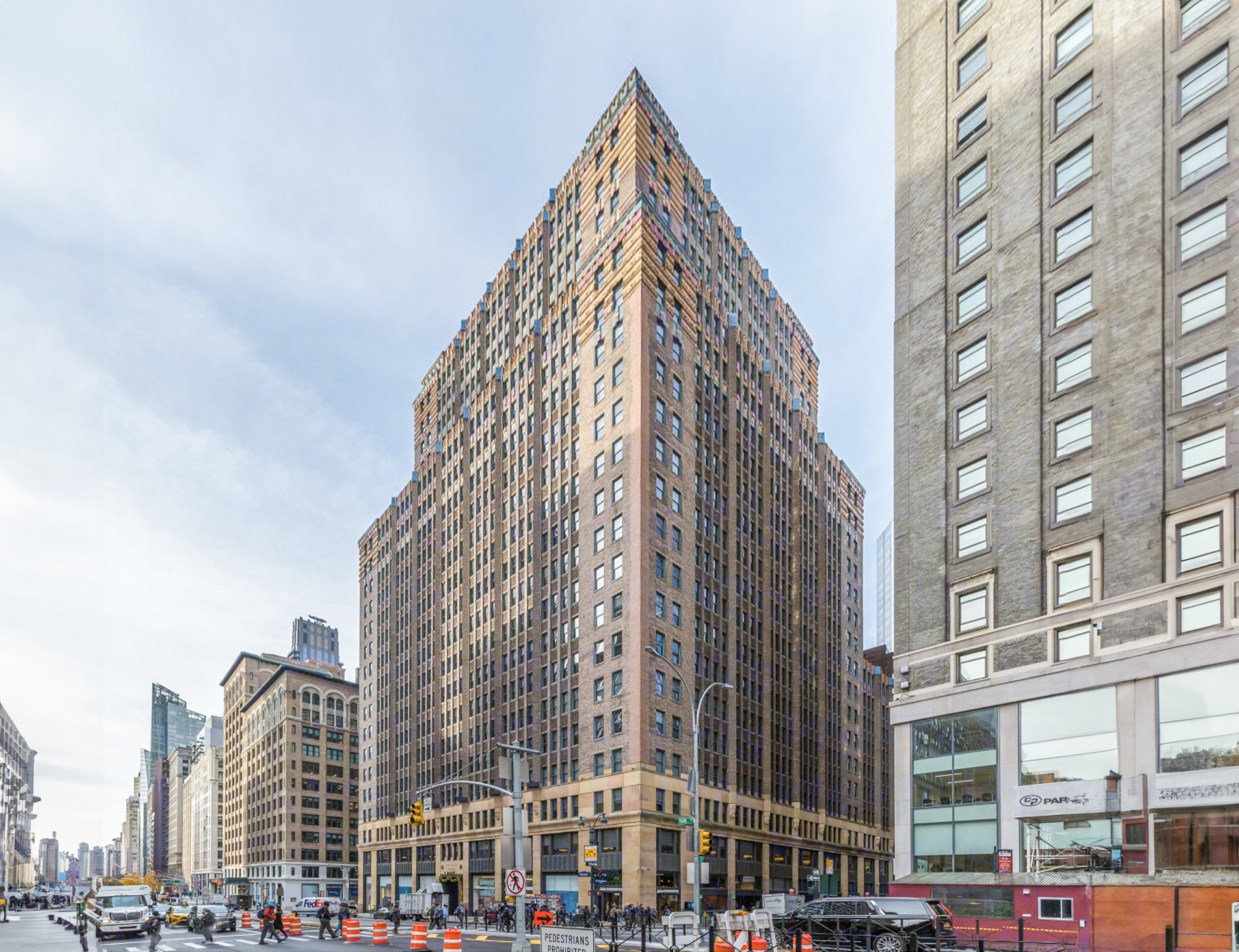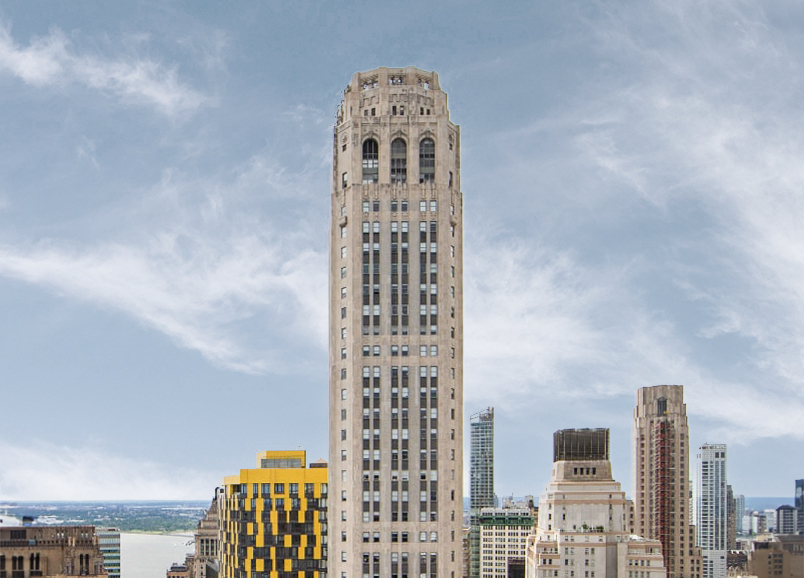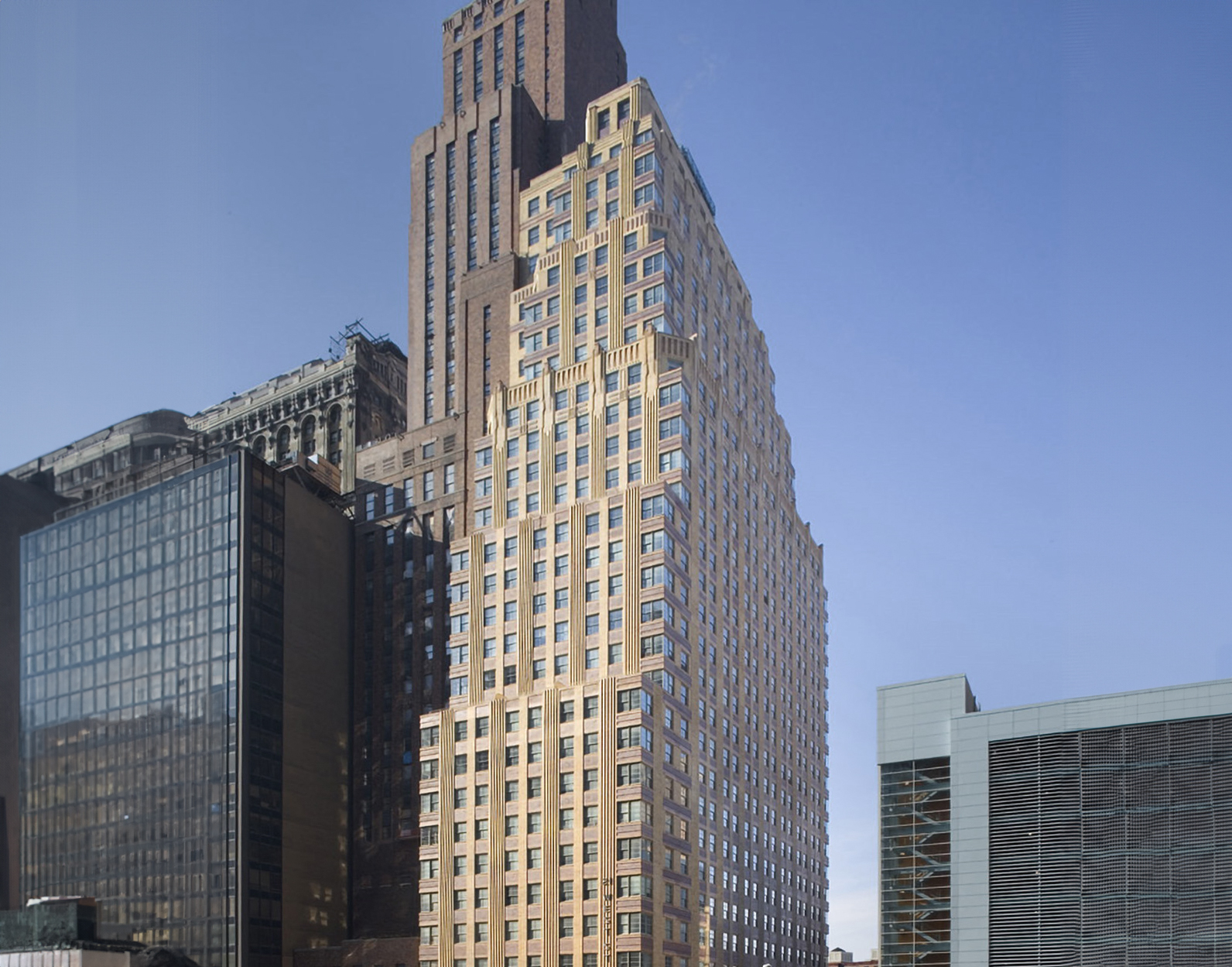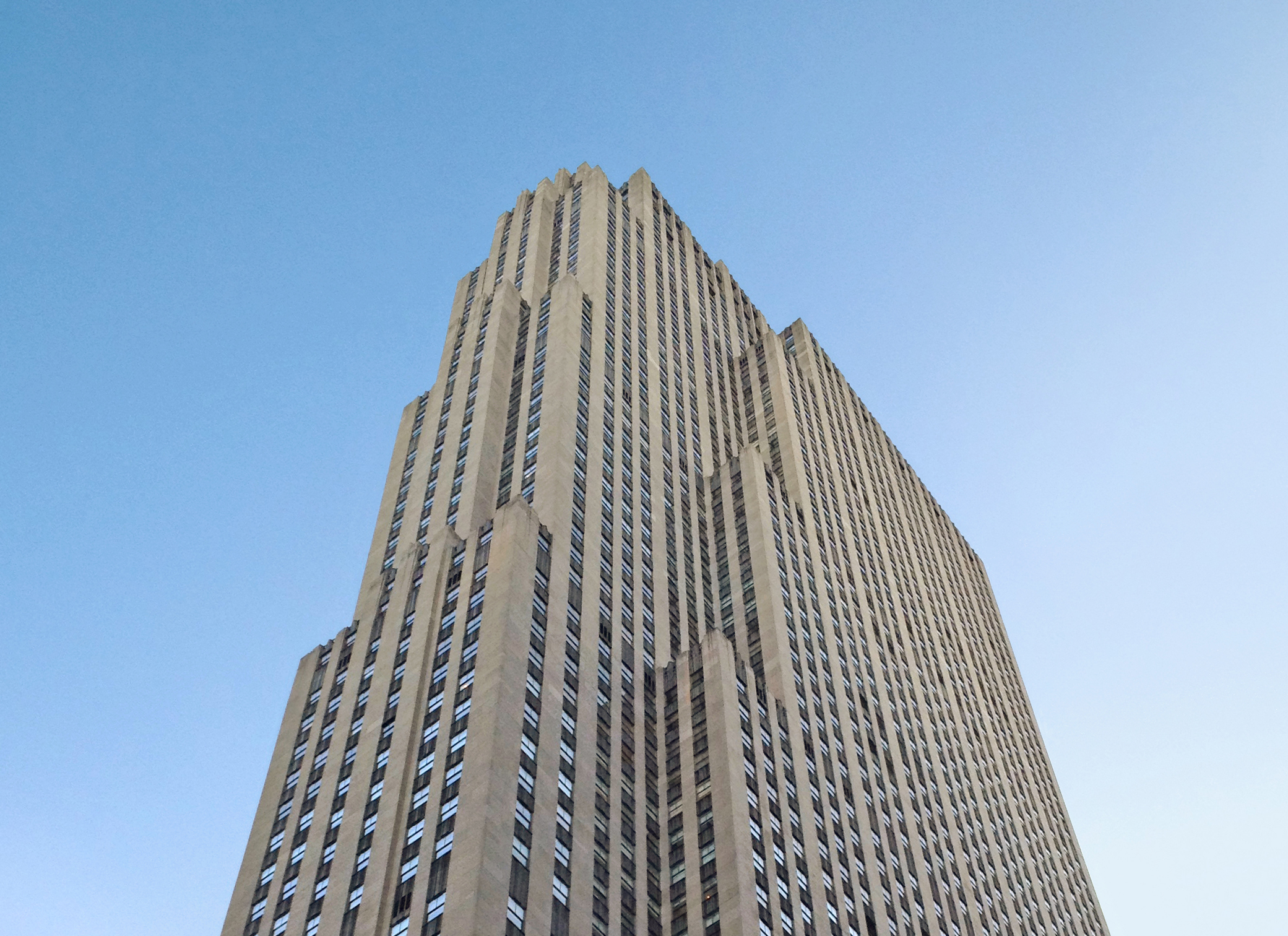The Fuller Building is an Art-deco skyscraper designed by Walker & Gillette, and built between 1928 and 1929 in New York, NY.
Its precise street address is 595 Madison Avenue, New York, NY. You can also find it on the map here.
The Fuller Building is a structure of significant importance both for the city of New York and the United States as a nation. The building embodies the distinctive characteristic features of the time in which it was built and the Art Deco style. Because of that, the Fuller Building was officially declared as a national landmark on March 18th 1986.
At the time of its completion in 1929 the Fuller Building incorporated solutions that were quite advanced at the time, these included a fire alarm system that communicated directly with the New York Fire Department.
The building underwent a major restoration in 1994.
